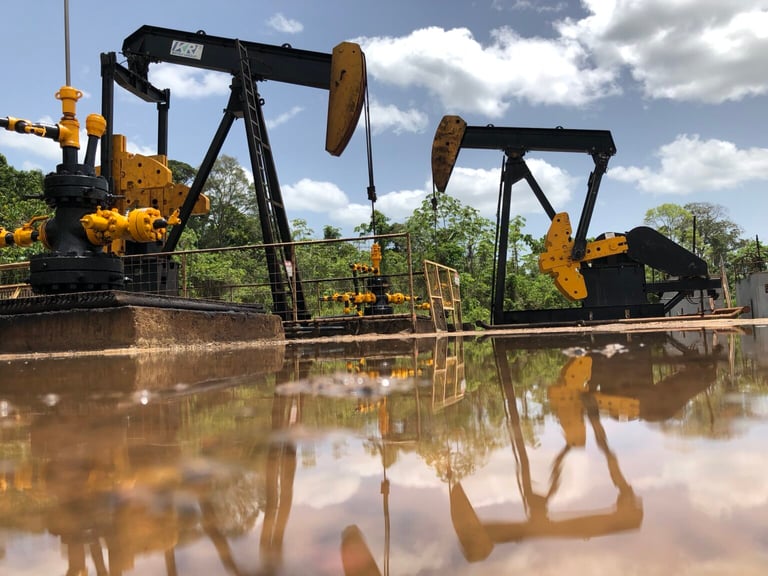Natural gas is reasserting its role in the global energy mix, with prices moving steadily toward a key breakout level that could unlock the next leg of gains. Unlike previous rallies driven largely by weather or short-term supply disruptions, the current move reflects a broader revaluation of natural gas as a transitional asset class. As the charts tighten and fundamentals firm, the conditions for a sustained upward move are falling into place.
Recent price action has turned decisively constructive. Natural gas futures have been building higher lows on rising volume, while hovering just beneath a long-standing resistance point. Technical momentum indicators are pointing higher, suggesting growing confidence from both speculative and institutional players. A close above this threshold could confirm a reversal pattern that carries significant follow-through potential in the weeks ahead.
Beyond the charts, sentiment around natural gas is undergoing a subtle but important transformation. For years, gas was seen as a fading part of the energy story, tolerated, but not embraced. That narrative is shifting. Energy security concerns, geopolitical fragmentation, and the intermittency of renewables have reminded investors of gas’s essential role in balancing power grids and enabling emissions reduction during the transition.
This shift is being matched by rising flows into natural gas-related infrastructure. Liquefied natural gas (LNG) capacity is expanding, with new export terminals under construction and existing facilities operating near full tilt. Meanwhile, countries in Asia and parts of Europe are securing long-term supply contracts to buffer against future shocks. These developments hint at a longer runway for demand, underpinned by policy support and strategic diversification efforts.
Supply remains relatively tight, adding another layer of support to the price structure. Years of underinvestment in upstream exploration and production have limited the industry’s ability to respond quickly to demand spikes. With inventories sitting closer to seasonal averages, and in some regions, below, the market is increasingly sensitive to even modest changes in weather, industrial usage, or transport disruptions.
In the near term, seasonal heat is emerging as a key driver. Early forecasts indicate above-average temperatures for much of the northern hemisphere, which could elevate gas consumption for power generation. If temperatures trend higher and air-conditioning demand intensifies, storage levels could be drawn down faster than anticipated. This would likely prompt further bullish positioning as traders move to front-run supply imbalances.
From an investment standpoint, the risk-reward profile in natural gas is becoming more attractive. The commodity offers exposure not just to short-term price movements, but to a larger structural narrative: the re-integration of natural gas into energy portfolios, both as a hedge and as a transitional cornerstone. Investors with longer time horizons may find opportunities in gas producers, pipeline operators, and LNG exporters that are now aligned with a more resilient demand environment.
Natural gas is regaining its relevance in a world seeking cleaner, more reliable energy solutions. As it bridges the gap between fossil fuels and renewables, the market is beginning to price in a role that is not only tactical, but strategic. With technical and fundamental factors pointing in the same direction, natural gas may soon break out into a sustained new phase of performance.
Natural gas is a widely used fossil fuel that plays a critical role in electricity generation, industrial processes, and home heating. Increasingly, it is also seen as a transitional energy source that supports lower-carbon energy systems while renewable infrastructure scales up.
Touchstone Exploration Inc (LON:TXP) is a Canadian-based, international upstream oil and gas company currently active in the Republic of Trinidad and Tobago. Primera Oil and Gas is the Trinidadian subsidiary of Touchstone.






































